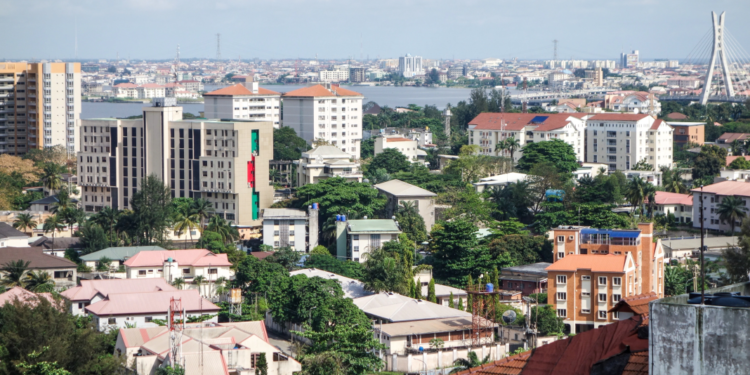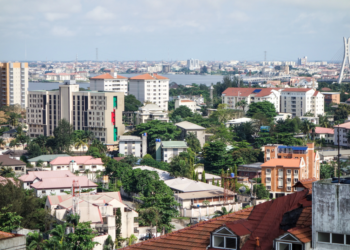Despite a marginal 4.89% year-on-year (YoY) decline in total subnational debt, Nigeria’s 10 most indebted states saw their combined debt rise by 2.49% YoY in Q1 2025, reaching N2.48 trillion, up from N2.42 trillion in Q1 2024.
The debts of these states combined now account for 64.05% of the country’s total subnational debt.
The debt profile of Nigerian states has seen significant shifts in Q1 2025, with Lagos maintaining its position as the most indebted state despite a year-on-year (YoY) decline.
Meanwhile, states like Rivers, Enugu, and Niger recorded staggering increases in their debt burdens.
The latest data released by Debt Management Office (DMO) shows a reshuffling in Nigeria’s subnational debt landscape, driven by a blend of fiscal constraints, infrastructure ambitions, oil revenue shifts, and tighter federal allocations.
This analysis explores the debt trends of the top 10 states and the key factors driving their year-on-year changes.
The 10 most indebted Nigerian states in Q1 2025

Niger’s debt rose from N86.07 billion in Q1 2024, an uptick of 67.07% to N143.75 billion, indicating fresh funding for major projects, particularly in agriculture and power. This debt stock of the state contributed 3.56% to the total subnational debt profile in the review period.
Given Niger’s vast land and access to river basins, the state may be positioning for agro-industrial financing or taking advantage of federal loan windows, including the Infrastructure Support Fund (ISF).
According to the Q1 2025 Budget Implementation Report, Niger State’s IGR stood at N12.13 billion, while debt servicing obligations reached N12.43 billion—meaning 102.4% of the state’s IGR was used to service debt. Although this was an improvement from Q4 2024, when IGR was N5.44 billion and debt service was N9.27 billion, the state still required N296 million from its FAAC allocation to meet its debt obligations.
The report also shows that debt servicing accounted for 23.2% of the state’s total expenditure of N53.51 billion in Q1 2025.
The Niger State Debt Sustainability Analysis (DSA) further reveals that the state’s debt trajectory is influenced by its Medium-Term Expenditure Framework (MTEF), which prioritizes capital-intensive sectors like security, agriculture, and infrastructure.






















